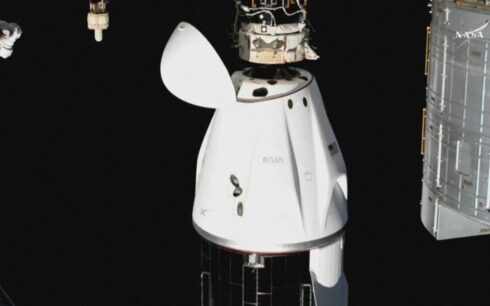NASA’s OSIRIS-REx mission is set to return on Sunday, carrying a historic sample from asteroid Bennu.
This marks the first U.S. attempt to collect material from an asteroid, offering a glimpse into the early solar system’s formation 4.5 billion years ago.
The sample is estimated to weigh around half a pound (250 grams), making it the largest asteroid sample ever delivered to Earth.
The sample return capsule will land in Utah’s western desert within a designated area at 8:55 a.m. MDT on September 24. After landing, it will be transported to NASA’s Johnson Space Center, where a two-year analysis will take place.
Results will be shared globally approximately six months after return, with over 200 scientists from 35 institutions receiving samples. NASA will also share 0.5% of the sample with Japan’s JAXA as part of a collaboration.
“So Bennu was full of surprises. A lot of things surprised us, but probably the first one was that when we arrived, we quickly saw the surface was covered in big boulders and we had expected to see depressions or craters that were full of loose sand and dust that would make it very easy for sampling. And we didn’t have those,” Dr. Amy Simon, a Senior Scientist at NASA’s Goddard Space Flight Center with a Ph.D. in Astronomy from New Mexico State University, told Reuters.
“So we had to very carefully rethink how we would do the sample to be able to get down between these boulders and very carefully pick up the sample…So we’re really excited to see what we have,” added Simon, who specializes in planetary atmospheres research,” Simon said.
Following the return, OSIRIS-REx will embark on a new mission to explore asteroid Apophis, known as OSIRIS-APEX, scheduled for 2029. This mission signifies a significant milestone in space exploration and international collaboration in asteroid research.





